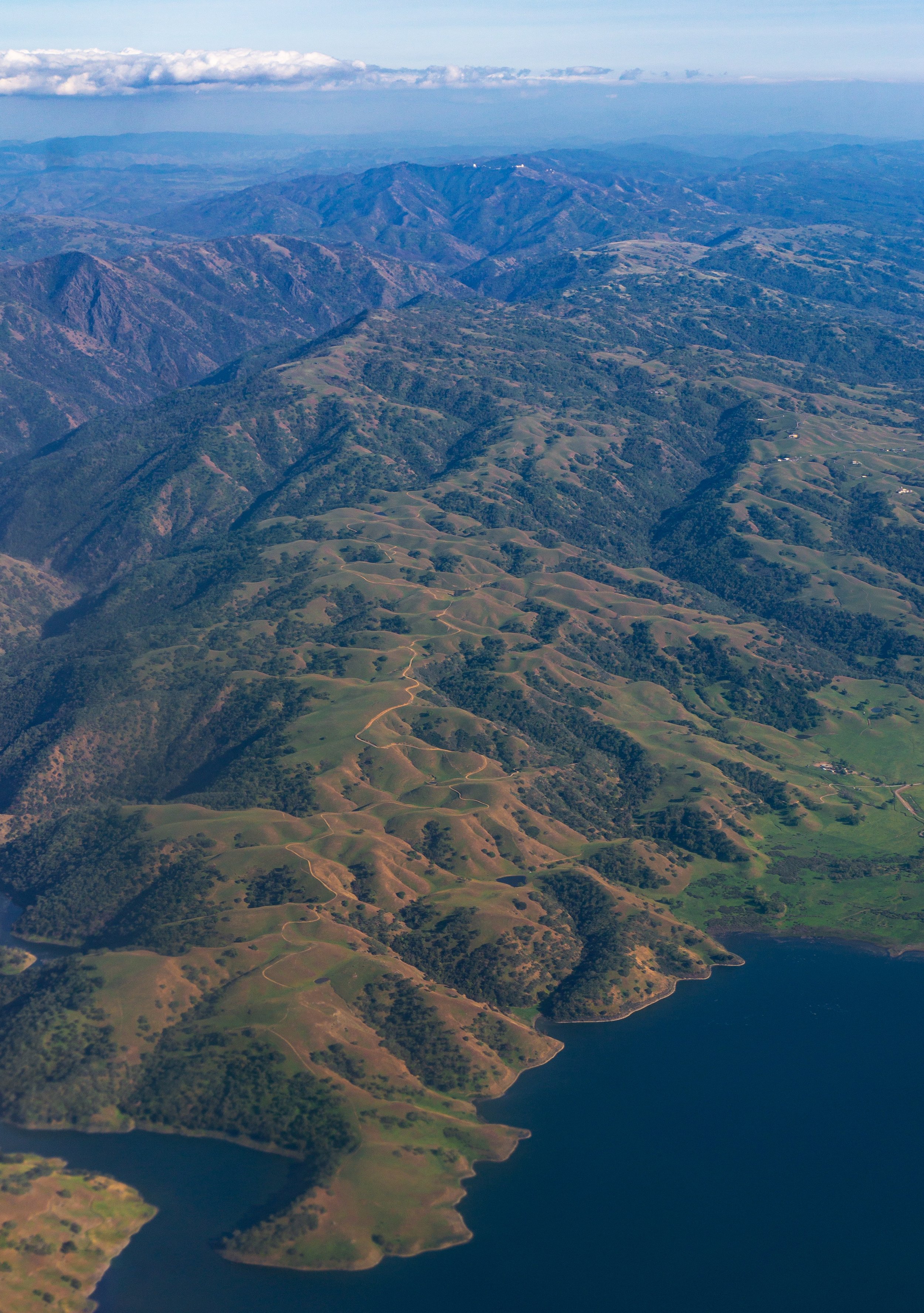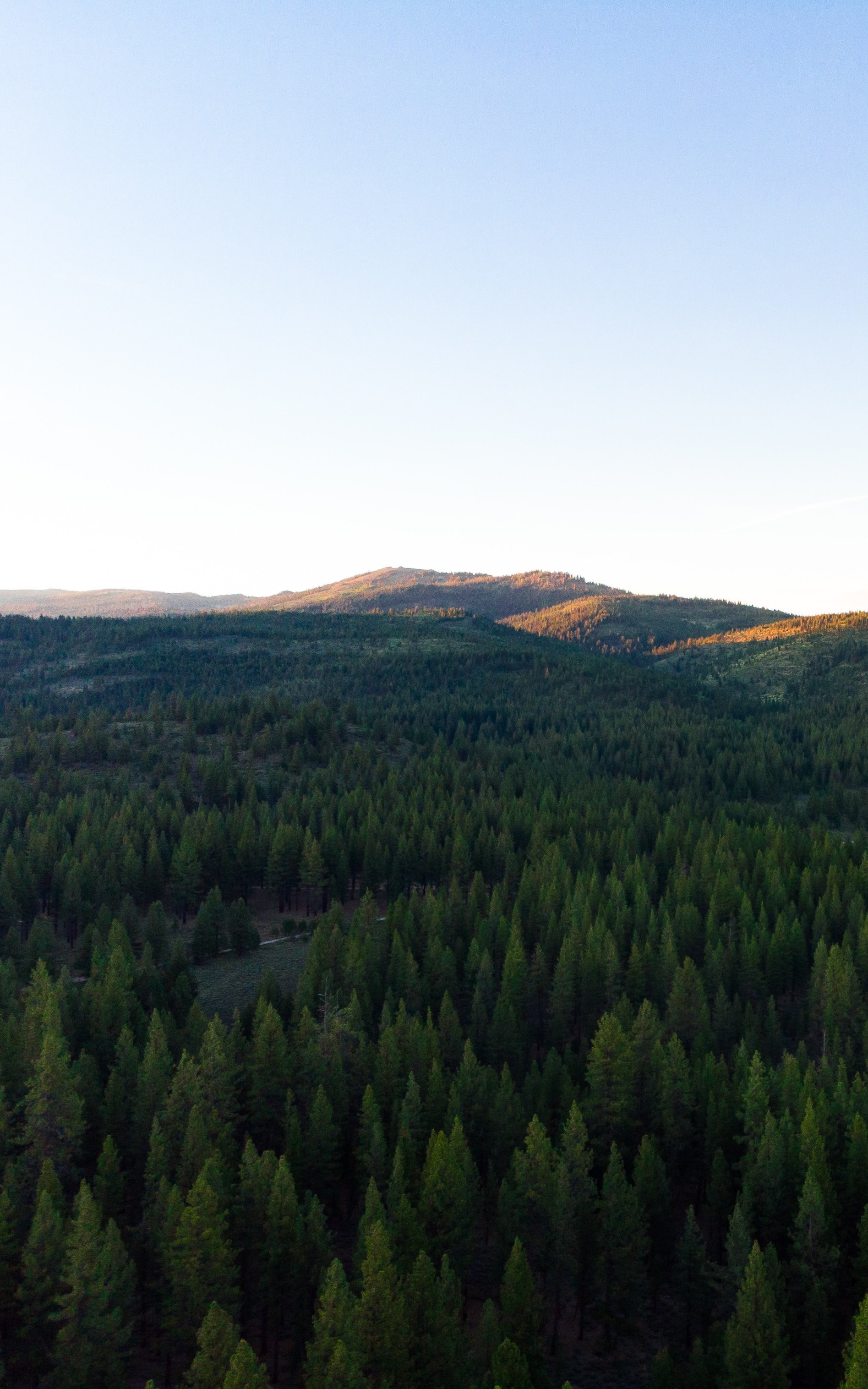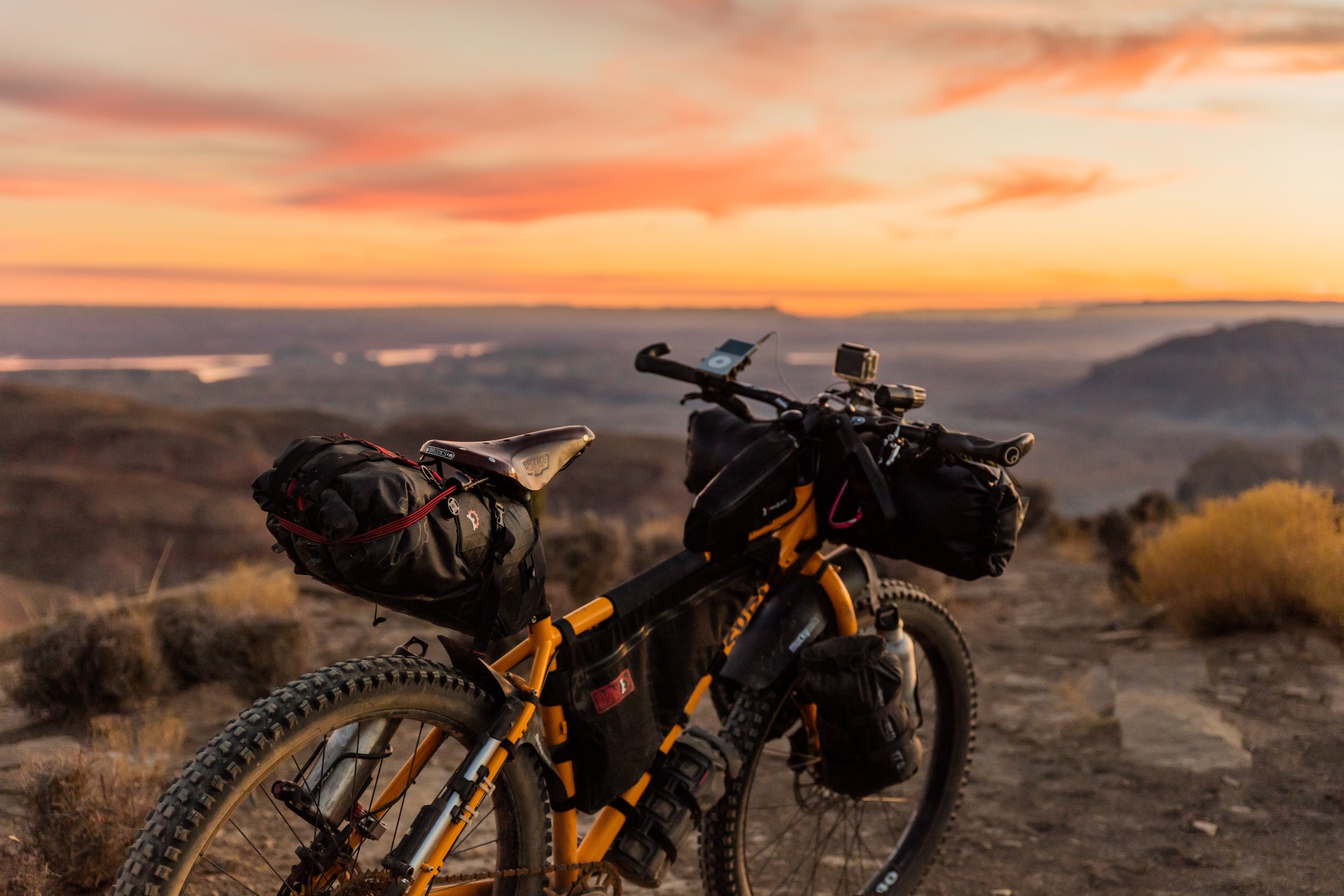
CASE STUDY
Climate Distress & Ecoanxiety
You are seeing a 28-year-old patient in the Western U.S. who vaguely complains about “not feeling well” and generally worrying about her health. As you take a history, you find that she has significant concerns about climate change and the state of the environment.
This case will guide you through a clinical encounter to understand the patient's health challenges – and how to respond.
LEARNING OBJECTIVES
Understand range of ways environment-related emotions – including climate distress and ecoanxiety – are experienced
Understand how climate- and environment-driven emotional distress can be embedded within other presenting symptoms in clinical practice
Identify factors that enhance or diminish individual resilience
Identify interventions to cope with climate-related emotions and eco-distress
CLINICAL COMPETENCIES
Assess potential climate-related and environmental-driven emotional factors
Differentiate between ecoanxiety, work burnout, and other confounding medical conditions
Differentiate the normal range of emotional responses to our changing environment from clinically significant presentations
Develop capacity to teach patients behavioral strategies for management of ecoanxiety
Develop capacity to counsel patients on managing exposure to troubling news and environments
Identify resources for referrals when indicated
A Continuing Medical Education activity presented by the Stanford Center for Innovation in Global Health and the University of Washington. View CE information and claim credit HERE.
Accreditation
In support of improving patient care, Stanford Medicine is jointly accredited by the Accreditation Council for Continuing Medical Education (ACCME), the Accreditation Council for Pharmacy Education (ACPE), and the American Nurses Credentialing Center (ANCC), to provide continuing education for the healthcare team.
Credit Designation
American Medical Association (AMA)
Stanford Medicine designates this Enduring Material for a maximum of 1.5 AMA PRA Category 1 Credits™.
Physicians should claim only the credit commensurate with the extent of their participation in the activity.
American Nurses Credentialing Center (ANCC)
Stanford Medicine designates this Enduring Material for a maximum of 1.5 ANCC contact hours.
American Academy of Physician Associates (AAPA)
Stanford Medicine has been authorized by the American Academy of PAs (AAPA) to award AAPA Category 1 CME credit for activities planned in accordance with AAPA CME Criteria.
This enduring activity is designated for 1.5 AAPA Category 1 CME credits. Approval is valid until December 14th, 2026. PAs should only claim credit commensurate with the extent of their participation.

Clinical Considerations
Consider the following questions as you work through this case:
Assess the patient:
Recognize signs of ecoanxiety
How susceptible/vulnerable is the patient? (host factors)
Assess the environment:
Are there psychological triggers in the environment?
How can the environment be more supportive socially (workplace, friends, etc.)?
Manage the patient:
Introduce coping strategies
Treat anxiety
Improve resilience
Reduce exposures / improve the environment:
Manage exposures to environments that could trigger anxiety and other challenging environment-related emotions
Understand role of health professionals in addressing core drivers of environmental crisis
History
Taking a clinical history of your patient yields the following information:
Chief complaint
- “I just don’t feel well”
History of present illness
- Patient has felt gradually less healthy over the past several years. She often feels anxious, but no definite panic attacks.
- Throughout high school and college, she competitively raced mountain bikes (both in club and varsity collegiate levels) and “felt great.”
- She denies any acute illnesses, but says that after completing a competitive MBA program, she is now in a stressful job in a marketing firm. Given her recent move for work, she reports that she has few friends.
- Due to environmental changes, she has not been cycling as much, and as such, she has channeled her competitive energy to advance professionally. On most workdays, she typically works 12-14 hours a day. Consequently, due to her workload, she has allowed work to take over her weekends as she tries to get caught up for the upcoming week.
- Although she used to exercise regularly, she now drives to work and does not have a regular exercise schedule.
- She only gets 5-6 hours of sleep per night and complains of daytime fatigue. Her sleep patterns over the weekend are 8-10 hours.
- She mentions eating at fast food restaurants, typically for lunch and dinner, most days. She has been gaining weight and is frustrated that she is needing to replace her wardrobe at work as well. Her efforts at avoiding food have just resulted in her binge eating on more simple carbohydrates or salty meat products.
- She drinks two cups of coffee a day, denies other stimulants or sleep medicine.
Past medical history
- Arm and leg fractures due to cycling accidents, no other hospitalizations or surgeries
Medications
- No medications
Allergies
- No known drug allergies
Family history
- Hypertension, hypothyroidism
Social & enviromental history ("Social-E")
- Works in marketing
- Single, not in a relationship
- Occasional glass of wine, no tobacco, marijuana, or other substances
- Lives alone in ground floor apartment; no pets
Review of systems
- Weight gain as noted above, no hair loss or voice change, no cold intolerance
- Menses regular, not heavy
- Otherwise non-contributory

Key Screening Question
consider the following to better understand your patient’s case:
In response to the screening question – “Have you noticed anything that triggers your anxiety?” – the patient states that her anxiety intensified following the recent wildfires. Historically, she has been an avid mountain biker. Past wildfires have affected her trails and have caused increased air pollution in her community. Due to the combination of factors, she stopped biking to work and on the weekends.
When asked to explain further, since increased air pollution in her community is associated with wildfires, she repetitively checks the air quality index throughout her day, often interrupting her work, and she is more preoccupied with following news reports and social media about climate change impacts. She avoids talking about these concerns with her few friends and work colleagues, sensing others will see her as dramatic and “wacko.” She is concerned about her company’s contribution to carbon emissions, and she feels guilty about her contribution to damaging the environment.
Cycling has been a big part of her identity, which she first started with her own nuclear family. It has been a dream of hers that she would be able to have the same experience with her own future children, but she worries about the future impact of fires. Recent fire seasons have ruined many of her favorite trails where she used to mountain bike. She reports periods of deep sadness when she sees the changes and destruction to the natural environment on trails she has previously treasured and in which she had found solace. She reports concerns that her dream of having her own children may not come true, since she worries that having children in the face of environmental degradation may be irresponsible. She feels something has been stolen from her.

Key Points
CONSIDER the following IN EVALUATING YOUR PATIENT:
Recognition of ecoanxiety and its complex psychological responses is increasing, as are its disproportionate impacts on children, young people, and the communities with the least resources to overcome the adverse consequences of the climate crisis.
Many patients will not see the clinical setting as a safe place to address climate concerns. Health providers will need to create a welcoming, accepting space and open up discussion with active inquiry.
Physical Exam
When you examine your patient, you learn the following:
General
- Appears overweight but in general good health. Anxious and tense appearing with occasional deep sighs as she expresses worries.
- Vitals: BP: 148/92, HR: 92, RR: 21, WT: 182 pounds (BMI 32)
- Skin warm, dry
Head Eyes Earns Nose Throat (HEENT)
- No lid lag/proptosis
Neck
- No palpable thyroid or neck bulging.
Chest & lungs
- Chest clear
Cardiovascular
- Regular rhythm, no murmurs, rubs, gallops
Abdominal
- Soft, nontender, no organomegaly
Musculoskeletal
- No obvious deformities, no edema
Neurological
- Symmetric muscle strength, sensation
- Deep tendon reflexes 2+ with no delay, no clonus, no tremor
Mental status
- Thoughts well organized and logical. Good reality testing. Cognitive functions are not formally tested, but she is intact with higher-than-average intelligence.
- Patient appears anxious periodically fidgeting and wringing hands and occasional deep sighs.
- Denies any thoughts of self harm.
Discussion
Any signs of thyroid disease? Other possible causes of anxiety?
Diagnostics
Basic lab tests for a patient with suspected eco-anxiety:
You order the following:
Thyroid studies
CBC
Metabolic profile
Pregnancy test for females of reproductive age
Discussion
Are any other labs, imaging, or other studies needed now that would affect this patient’s care?

Diagnosis & Assessment
considerations for diagnosing your patient:
Differential diagnosis includes:
Anxiety disorder
Major depressive disorder
Thyroid disorder
Sleep disorder
Other (pheochromocytoma, etc.)
Presenting symptoms of climate distress and eco-anxiety look like all forms of anxiety; it is an endpoint symptom. Just like fever is a presenting symptom, consideration of causative factors is essential for understanding, evaluation, and management.
Climate distress and eco-anxiety are not by themselves pathological or a diagnosis. Anxiety and other associated feelings of dread, discouragement, despair, hopelessness, grief, and guilt in relation to the climate crisis are understandable responses to real threats.
Climate distress and eco-anxiety can become a clinically significant problem when feelings become severe, overwhelming, intrusive, and interfere with functioning and come with psychosocial impairments (e.g., Generalized Anxiety Disorder or Major Depression). Be alert to the spectrum ranging from normal to a clinically significant bona fide psychiatric diagnosis, which may need specialty mental health care.
Vulnerable individuals include those with pre-existing anxiety, depression, PTSD, or trauma histories as well as children, adolescents, and young adults.
Destructive and damaging changes to the environment caused by climate change and other factors can be triggers and contributors to eco-anxiety and eco-grief. Solastalgia refers to the emotional distress and pain associated with environmental change. It is combination of the Latin word for solas and the Greek work for pain. It has been referred to as a kind of homesick while being at home; the loss of that comforting place which now evokes pain, grieving, and distress. (Albrecht 2005)

Management &
Treatment
You can help your patient in the following ways:
Steps for primary care providers:
Acknowledge and validate feelings
Learn to calm the nervous system (e.g., deep breathing exercises)
Embrace social connection (realizing that nobody has to be alone)
Steps for counselors:
Resist the tendency to catastrophize
Foster realistic hope (work on healthy boundaries, sleep, and other forms of exercise)
Mobilize for collective, socially-engaged action
Replenish-Balance emotional ecosystem (promote physical and emotional wellness)
Know when and how to seek additional mental health professional help when needed
What types of referrals?
Referral for Acceptance Commitment Therapy
Mindfulness training
Seek referrals from a growing network of climate-aware therapists
Key Interventions
Primary care providers and support staff can offer first-line strategies for coping with climate distress during brief office visits:
Building host resilience (host factors)
Validate and normalize feelings.
Goal is not eliminating distressing feelings but tolerating, managing, coping with distress.
Neuro-regulation/calm deep breathing strategies can be quickly taught by PCP or nursing staff: Deep breathing, “box breathing”
Progressive muscular relaxation, meditation, and mindfulness techniques are other useful tools for building emotional resilience that can be encouraged.
Provide coping resources during session or follow up to appointment – for example:
Healthy lifestyles promote resilience. Encourage healthy diets, regular exercise, sufficient sleep, outdoor physical activities, and contact with nature, which can be calming, rejuvenating, and hope-inducing.
Encourage social engagement to decrease isolation and connect with like-minded others.
Encourage engagement with activities in nature. Activities in nature have indicated many positive health benefits including stress reduction, decreased anxiety, improved mood.
Encourage purposeful action / activity. Collective action decreases isolation and improves a sense of self, hope, and well-being, which can buffer the inevitable challenges of the climate crisis. Actions need not be centered on climate activities, but for those inclined, this may provide extraordinary sense of meaning and purpose.
Reducing exposures / improving environments (environmental factors)
Manage exposure to troubling news and environments. It’s okay to stay generally informed while not overdoing exposures that are overwhelming.
Clinical Considerations
What Makes Ecoanxiety Different From Other Forms of Anxiety?
Acknowledge and confirm / validate that some degree of anxiety, dread, discouragement, despair, hopelessness, grief, and guilt in relation to the climate crisis are understandable responses to probable overwhelming threats and actual traumatic events.
The patient started daily yoga. She has tried to develop healthier boundaries with her work – where she leaves regardless of tasks by 6:00pm. She has purchased a stationary bike. On weekends, she has stopped working on non-urgent tasks. She is volunteering with local organizations to restore fire-damaged regions. All of these actions have helped her feel better.
Conclusion
what happens next:

Beyond the Clinic
Your patient's health depends on larger factors:
The stress of climate change may, in certain vulnerable individuals, actually lead to psychosocial impairments and bona fide psychiatric conditions (e.g., Generalized Anxiety Disorder or Major Depression). Particularly vulnerable populations include individuals with preexisting anxiety, depression, PTSD, or trauma histories. These identified patients need more robust clinical psychiatric interventions.
Your patient is far from the only person dealing with such climate-related mental stress right now. Youth around the world are overwhelmingly concerned and sad about the state of the planet – and are particularly distraught by the perceived failure of governments to respond to the climate crisis. People exposed to climate-related disasters and other acute environmental challenges can experience traumatic stress, with short- and long-term consequences for mental health.
Furthermore, climate change is destroying long-held ways of life for many communities that have deep ties to the natural world, such as Indigenous peoples. For example, Inuit towns in northern Canada that are connected to the outside world only by roads on solid ice have been hurt by more prevalent melting ice spurred by climate change. The unstable travel conditions have led many to feel trapped and depressed. Furthermore, the uncertainty surrounding the reduced ice coverage, increased frequency of extreme temperatures and weather events, etc. are particularly traumatic to this culture that grounds their fundamental identities in the land and sea around them. In the words of one Inuit man: “Inuit are people of the sea ice. If there is no more sea ice, how can we be people of the sea ice?”
Another community with strong connections to the changing planet are farmers, whose livelihoods are becoming increasingly more difficult due to increasingly unpredictable and extreme weather patterns and extreme weather events, such as unprecedented droughts and flooding. This has led to an increase in farmer suicides around world (e.g., in India and the American West).
Finally, it should be noted that eco-distress is not necessarily a diagnosis or mental illness – some level of fear and worry in the face of potentially difficult situations, such as those spurred by climate change, are understandable. However, eco-distress can still be detrimental to mental health over time or if such fear or worry is excessive; steps should be taken to reduce eco-distress proactively.
At a broader level, more mental health professionals are coming to terms with how to deal with an increasing amount of eco-distress in the general population. Relatively new fields, such as climate psychology, and climate-focused mental health networks are gaining traction. There are also multiple professional groups dedicated to climate psychology found around the world, from North America to the UK (and beyond).
Some leaders in this space are recognizing the positive benefits of environmental and cultural ties in improving wellbeing – for example, the Arctic Indigenous Wellness Foundation leverages traditional and Indigenous-based healing services and practices in northern Canada to improve health and wellness in their patient population, with a particular emphasis on Indigenous populations facing a high burden of disease and unequal access to health services.

Call to Action
Clinicians can take action to advance planetary health:
At the clinic:
Include questions about environmental factors in patient intake forms and routine history. Normalize that it is okay and welcomed to talk about environmental concerns.
Model a low-carbon and environmentally conscious lifestyle and a positive attitude.
Advocate for sustainable practices in your clinic / hospital settings.
Talk to your patients about reducing overexposure to bad news while still maintaining some awareness of the issue of climate change (i.e., not avoiding all climate-related news). This can come in the form of being updated on the latest positive news stories related to climate change, giving yourself a time limit on how much news you consume and spending that time on something else that brings you comfort or joy (e.g., meeting with friends, exercising, meditation, etc.), and reducing the number of notifications from news sources that appear on your laptop or phone (if you have any).
In your community:
Discuss with community agencies how to recognize and refer patients with anxiety.
Ask your local leaders what they’re doing to raise awareness about environmental issues.
At the societal level:
Join like-minded colleagues to raise awareness about mental health aspects of climate and other environmental change.
Summary and
Key Learning Points
ALSO AVAILABLE FOR DOWNLOAD HERE:
Screen and diagnose:
Climate distress and ecoanxiety are not pathological or a diagnosis. These feelings in relation to the climate crisis are understandable responses to real threats.
Presenting symptoms of climate distress and ecoanxiety look like all forms of anxiety; it is an endpoint symptom. Consideration of causative factors is essential for understanding, evaluation, and management.
Consider and rule out anxiety disorders and major depression, other psychiatric disorders, and medical causes of anxiety.
Vulnerable individuals include those with pre-existing anxiety, depression, PTSD, or trauma histories, as well as children, adolescents, and young adults.
Changes to the environment can be triggers and contributors to ecoanxiety.
Climate distress and ecoanxiety can become a clinically significant problem when feelings become severe, overwhelming, intrusive, and interfere with functioning and come with psychosocial impairments.
Key interventions:
Building host resilience (host factors)
Validate and normalize feelings
Teach stress reduction and coping strategies
Teach breathing techniques for calming nervous system under acute distress
Teach progressive muscle relaxation techniques
Encourage healthy lifestyle: sleep, exercise, diet
Encourage exposure to natural environment
Encourage social engagement and participation in supportive communities
Encourage purposeful activity including collective action
Building host resilience (host factors)
Manage exposure to troubling news and environments. It’s okay to stay generally informed while not overdoing exposures that are overwhelming.

Additional Resources
Peer-reviewed literature:
Albrecht, G. et al. Solastalgia: the distress caused by environmental change. (2007) Australas Psychiatry. 15 Suppl 1:S95-8. doi: 10.1080/10398560701701288
Albrecht, G. (2005) Solastalgia, a new concept in human health and identity. Pan Activism Nature. 3 . 41-55
Clayton S, Manning CM, Krygsman K, Speiser M. Mental health and our changing climate: impacts, implications, and guidance. American Psychological Association, and ecoAmerica, 2017. https://www.apa.org/news/press/releases/2017/03/mental-health-climate.pdf.
Doffey, Y, et al (2021) Understanding Eco-anxiety: A systematic scoping review…..
J of CC and Health. https://doi.org/10.1016/j.joclim.2021.10004
Hawkins, R. (2021). Debate: Inequalities within understanding of Eco-Distress. Association Child and Adolescent Mental Health. https://doi.org/10.1111/camh.12528
Lawrence E, Thompson R, Fontana G, Jennings N. The impact of climate change on mental health and emotional wellbeing: current evidence and implications for policy and practice. Grantham Institute Imperial College London Briefing paper, 2021. 10.25561/88568
Schneider-Mayerson M, Leong KL. Eco-reproductive concerns in the age of climate change. Clim Change 2020;163:1007-23. doi:10.1007/s10584-020-02923-y.
Hickman, C, et al (2021) Climate anxiety in children and young people and their beliefs about government responses to climate change: a global survey. Lancet Planetary Health.
https://doi.org/10.1016/S2542-5196(21)00278-3
Jimenez, M, et al (2021) Associations between Nature Exposure and Health: A Review of the Evidence. Int J Environ Res Public Health. 18(9): 4790.
Popular press:
“Got Climate Anxiety? These People Are Doing Something About It,” The New York Times
“The climate crisis and the rise of eco-anxiety,” The BMJ
“Young people’s climate anxiety revealed in landmark survey,” Nature
Further Learning
Climate Resources for Health Education (CRHE) offers additional learning resources relevant to this case. Please explore the below links:

References
Hueffer K, Ehrlander M, Etz K, Reynolds A. One health in the circumpolar North. Int J Circumpolar Health. 2019 Dec;78(1):1607502. doi: 10.1080/22423982.2019.1607502. PMID: 31023174; PMCID: PMC6493317
Michael Y. Brubaker, Jacob N. Bell, James E. Berner & John A. Warren (2011) Climate change health assessment: a novel approach for Alaska Native communities, International Journal of Circumpolar Health, 70:3, 266-273, DOI: 10.3402/ijch.v70i3.17820
Brubaker M., Berner J., Bell J., Warren J., Climate Change in Kivalina, Alaska, Strategies for Community Health. ANTHC, 2010. http://www.anthc.org/chs/ces/climate/climateandhealthreports.cfm
Golden, C., Allison, E., Cheung, W. et al. Nutrition: Fall in fish catch threatens human health. Nature 534, 317–320 (2016). https://doi.org/10.1038/534317a
Batal, M., Chan, H.M., Fediuk, K. et al. First Nations households living on-reserve experience food insecurity: prevalence and predictors among ninety-two First Nations communities across Canada. Can J Public Health 112, 52–63 (2021). https://doi.org/10.17269/s41997-021-00491-x
Andrea Bersamin, Sheri Zidenberg-Cherr, Judith S. Stern & Bret R. Luick (2007) Nutrient intakes are associated with adherence to a traditional diet among Yup`ik Eskimos living in remote Alaska Native communities: the CANHR Study, International Journal of Circumpolar Health, 66:1, 62-70, DOI: 10.3402/ijch.v66i1.18228
Willett W, Rockström J, Loken B, Springmann M, Lang T, Vermeulen S, Garnett T, Tilman D, DeClerck F, Wood A, Jonell M, Clark M, Gordon LJ, Fanzo J, Hawkes C, Zurayk R, Rivera JA, De Vries W, Majele Sibanda L, Afshin A, Chaudhary A, Herrero M, Agustina R, Branca F, Lartey A, Fan S, Crona B, Fox E, Bignet V, Troell M, Lindahl T, Singh S, Cornell SE, Srinath Reddy K, Narain S, Nishtar S, Murray CJL. Food in the Anthropocene: the EAT-Lancet Commission on healthy diets from sustainable food systems. Lancet. 2019 Feb 2;393(10170):447-492. doi: 10.1016/S0140-6736(18)31788-4. Epub 2019 Jan 16. Erratum in: Lancet. 2019 Feb 9;393(10171):530. Erratum in: Lancet. 2019 Jun 29;393(10191):2590. Erratum in: Lancet. 2020 Feb 1;395(10221):338. Erratum in: Lancet. 2020 Oct 3;396(10256):e56. PMID: 30660336.




























